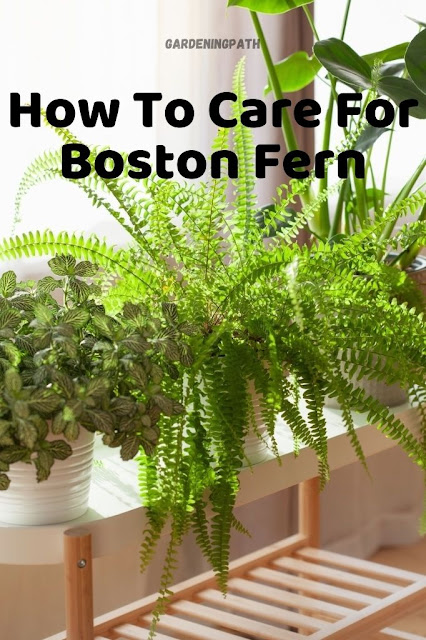6 Great Tips for Growing Beets
While beets don't look like much on the outside, on the inside they're a vibrant colour. Usually, they're red, but brilliant golden and bright white beets also exist! Whatever variety you plan to grow, homegrown beets can make a delicious addition to recipes or can be made into homemade dehydrated beet chips! You'll be able to grow your best beet crop ever after reading these 6 Great Tips for Growing Beets.
6 Great Tips for Growing Beets
1. Have the right soil.
Beets are very particular about the PH of the soil they're planted in. There's a very short range of pH that they thrive in- 6.5-7. They like this pH best because in this range, phosphorus is easily available to them. To make sure you grow great beets, ensure they're in soil with the appropriate pH and that there's already enough phosphorous in their soil. If necessary, you can add phosphorous to the soil via a fertilizer.
2. Provide good space.
To ensure your beet crop does well, give each plant enough space. When you sow the seeds, plant them at a depth of 1/2 – 1 inch deep. Each row of beets should be 1 to 1 1/2 feet apart. If you're planning to harvest your beets when they're younger and smaller, you can go with the smaller spacing. If you've already planted your beets and believe you may have them too close, don't worry. They'll need thinning regardless of their original planting location. You can fix that problem then.
3. Thin your plants.
Just like with carrots, if you hope to grow great beets you'll need to thin them. Most beet seeds are multigerm, meaning that several plants can grow from a single seed. As a result, you'll need to thin your beets to prevent them from crowding each other. When your beet seedlings are about 3 inches tall, it's time to thin. When you're finished pulling out the extra seedlings, each seedling should be about 3 inches apart. If you wanted to, you could transplant the thinned extra seedlings and grow them somewhere else.
4. Water your beets often.
Beets need a decent amount of water. Without it, you'll find that your beets will be tough and flavourless. They could also grow short. In order to keep their soil appropriately moist, try not to ever let them get dried out. To make this easier, plant your beets in soil that has compost in it. Mulch can also help the soil retain water longer.
5. Watch out for weeds.
Beets don't do well with weeds whether they're young or mature plants. Young beet seedlings can be choked out by weeds, so make sure to weed them frequently. But be careful how you do it, as you don't want to damage the young beets' roots. When beets are older you won't have to be as careful, but weeding is just as important. If you don't do a good enough job weeding your beets, they may come out tough due to having to compete with the weeds for nutrients.
6. Watch the weather.
How your beets turn out will depend largely on the weather. To grow great beets, you should plant them at a time so that when they mature the weather will be cool, but sunny. If the weather is too hot they'll develop less sugar and be lighter in colour. However, if the weather is too cold and the plants have already grown leaves, then they may develop flower stalks too early. So planting and growing your beets at the right time of year is key.




Comments
Post a Comment